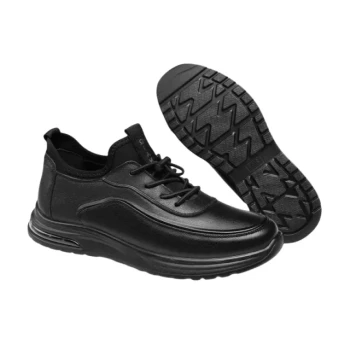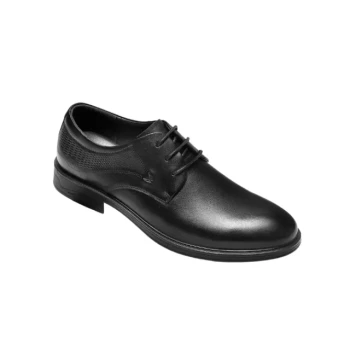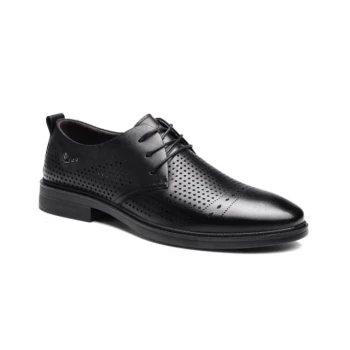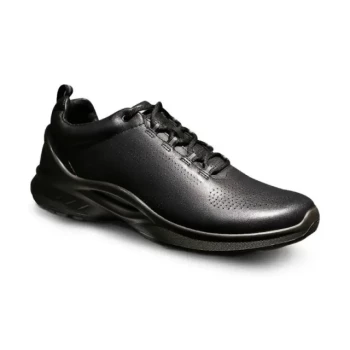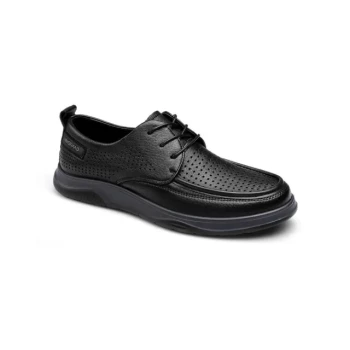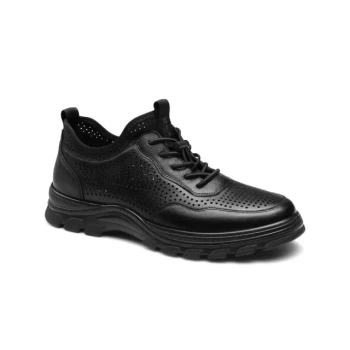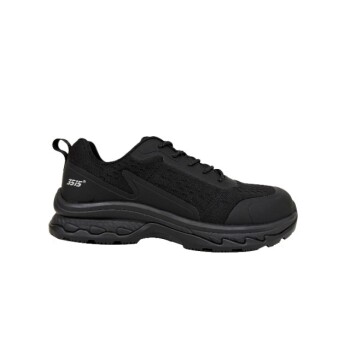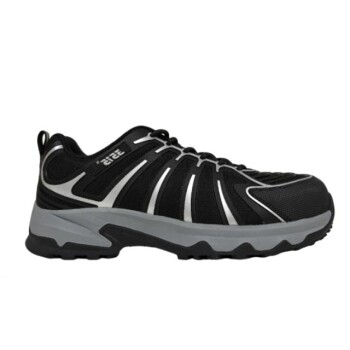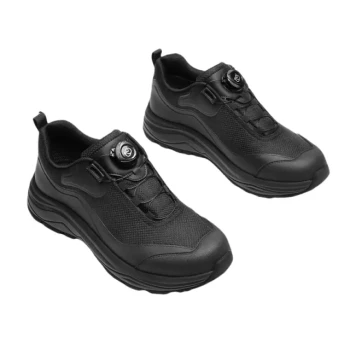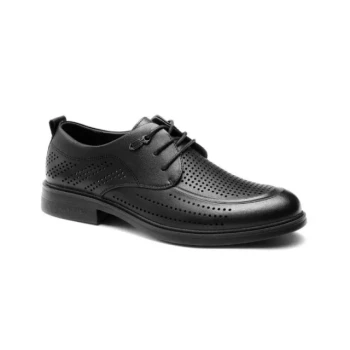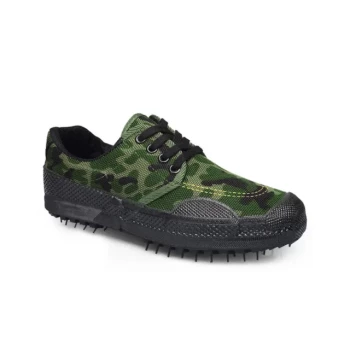At its core, they are called “dress shoes” because they are the footwear designated for the act of “dressing up.” The term signifies shoes intended for smart, formal, or special occasions, setting them apart from utilitarian or athletic footwear.
The name doesn't refer to the garment known as a dress, but rather to the verb "to dress," which means to wear clothing of a formal or special-occasion nature. It's footwear designed to complete a polished and intentional look.
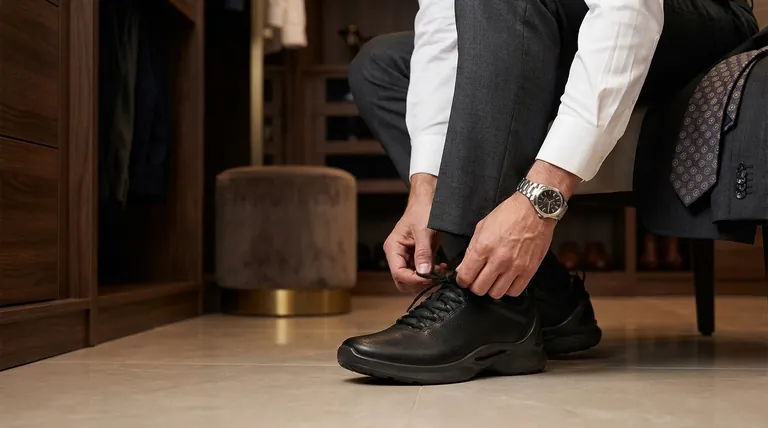
The Meaning Behind the Name: A Matter of Formality
The term "dress shoe" is a piece of sartorial language that categorizes footwear by its purpose and context. Understanding this distinction is key to navigating social and professional settings effectively.
"Dressing Up," Not a Garment
The word "dress" in this context is used as an adjective derived from a verb. It describes something worn when one is dressing for an occasion that requires a higher level of formality than everyday life.
These are the shoes you wear to a wedding, a formal party, an important business meeting, or any event where you are consciously elevating your appearance.
The Contrast with Casual Wear
The identity of a dress shoe is defined as much by what it is as by what it is not. It stands in direct opposition to athletic shoes, work boots, or casual sandals.
This distinction creates a simple, clear code. Wearing dress shoes signals that you acknowledge the nature of an event and have put forth the effort to meet its standard.
What Defines a Dress Shoe?
While the name is about context, several physical characteristics historically distinguish a dress shoe from its more casual counterparts.
Traditional Materials and Construction
Classic dress shoes are typically made from materials like leather or suede. They often feature a separate heel and a sleeker, more structured silhouette compared to the soft, flexible form of a sneaker.
A Spectrum of Formality
The category of "dress shoe" is broad. It includes highly formal shoes like Oxfords, which are suitable for business suits and tuxedos, as well as less formal options like loafers or derbies, which pair well with smart casual attire.
The specific style of the shoe communicates a different level of formality within the broader "dress" category.
Understanding the Trade-offs: Formality vs. Function
Choosing to wear dress shoes involves a set of implicit trade-offs that have shaped modern footwear trends.
The Comfort Compromise
Traditionally, the rigid construction and smooth soles of dress shoes prioritize appearance over athletic comfort. They are not designed for running, extensive walking, or standing for prolonged periods on hard surfaces.
The Rise of the Hybrid Shoe
Recognizing this trade-off, many modern shoe brands now produce "hybrid" dress shoes. These shoes merge the classic silhouette of an Oxford or derby with the cushioned soles and flexible materials of an athletic shoe, offering a compromise between formality and comfort.
The Importance of Proper Care
High-quality dress shoes are an investment. Unlike sneakers that can be worn down and replaced, leather dress shoes require regular maintenance, such as polishing and conditioning, to maintain their appearance and longevity.
Making the Right Choice for the Occasion
Selecting the right footwear depends entirely on the event and your personal goals.
- If your primary focus is maximum formality (black tie, weddings, critical business meetings): A classic leather Oxford is the undisputed standard for completing a formal look.
- If your primary focus is business casual or social events: A derby, monk strap, or leather loafer offers a polished look with more versatility and slightly less formality.
- If your primary focus is daily comfort with a professional appearance: Modern hybrid dress shoes provide the ideal balance of a smart silhouette and sneaker-like comfort.
Ultimately, understanding why they are called dress shoes is about understanding the language of style and occasion.
Summary Table:
| Feature | Traditional Dress Shoe | Hybrid / Modern Dress Shoe |
|---|---|---|
| Primary Focus | Maximum formality and appearance | Balance of style and comfort |
| Best For | Weddings, black tie, critical business meetings | Business casual, daily professional wear |
| Typical Styles | Oxfords | Derbies, Monk Straps, Hybrids |
| Key Trade-off | Prioritizes look over comfort | Compromise between formality and function |
Need the Perfect Dress Shoe for Your Clients?
As a large-scale manufacturer, 3515 produces a comprehensive range of footwear for distributors, brand owners, and bulk clients. Our production capabilities encompass all types of formal and hybrid dress shoes, from classic Oxfords to modern comfort-driven styles.
We can help you source high-quality footwear that meets the precise formality and comfort demands of your market.
Contact us today to discuss your production needs and elevate your footwear collection.
Visual Guide
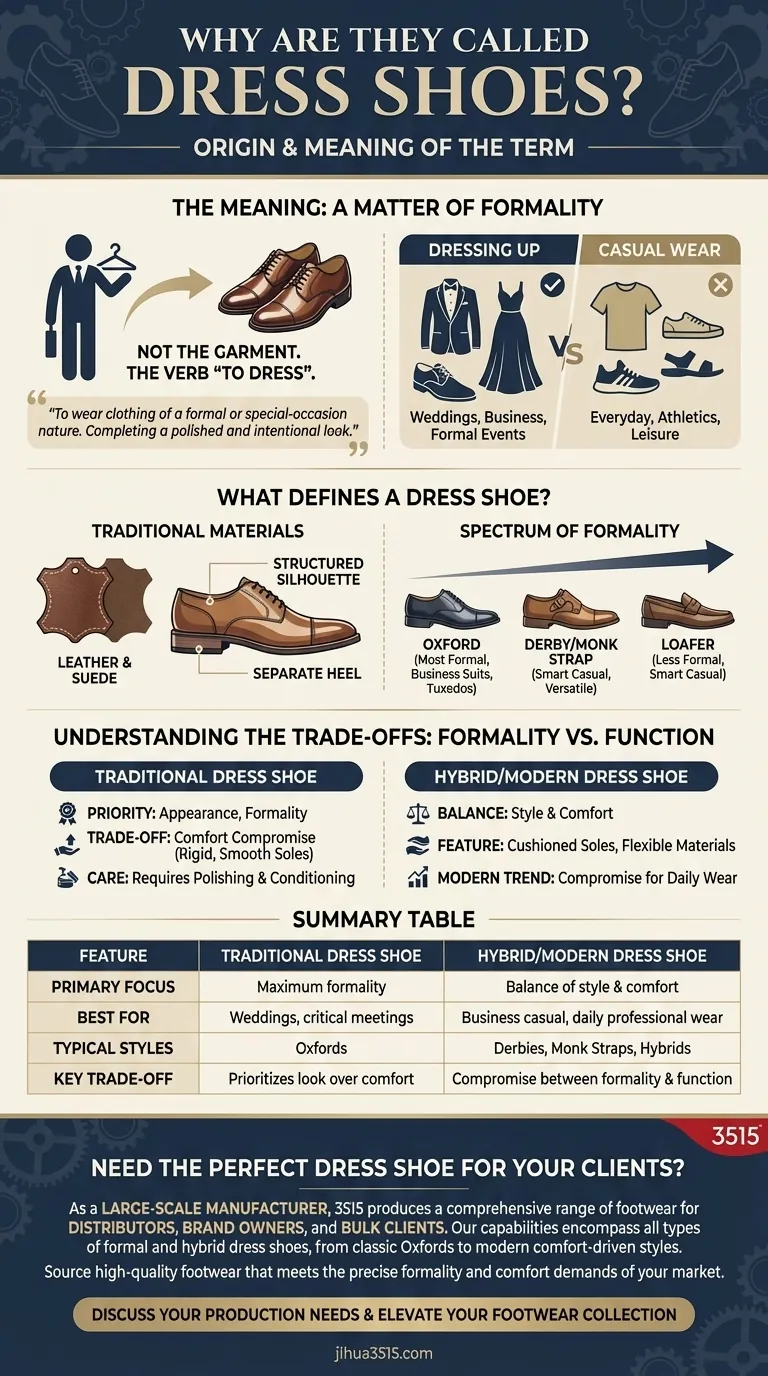
Related Products
- Wholesale Comfortable Business Casual Shoes Custom Manufacturing
- Custom Manufactured Air Cushion Leather Business Shoes for Wholesale
- Wholesale Leather Derby Shoes Manufacturer | Customizable Business & Dress Footwear
- Wholesale Leather Derby Dress Shoes Custom Manufacturer for Brands
- Wholesale Breathable Perforated Leather Derby Dress Shoes for Custom Brands
People Also Ask
- What are the long-term benefits of investing in quality dress shoes? Save Money & Boost Your Style
- How should dress shoes be maintained to prolong their lifespan? A Guide to Lasting Quality
- Why is comfort important in dress shoes? Achieve All-Day Support for Professional Performance
- What is business casual shoes? Master the Perfect Blend of Professional Style and Comfort
- How can one balance a casual outfit when wearing dress shoes? Achieve a Polished Smart Casual Look

